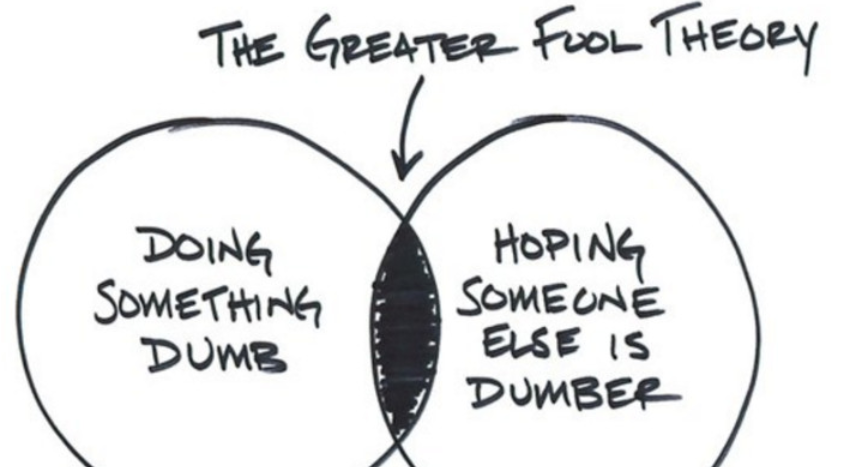Headline: Stocks Rose/Fell Today by 1% Because of _______
How to read it: Millions of shares traded hands today because investors all have different goals, strategies, risk profiles, holding periods and ideas.
Headline: [Popular economist/fund manager] Expects Market Volatility to Pick Up Later This Year
How to read it: Saying you expect volatility to pick up at some point in the future is like saying you expect it to rain at some point in the future. And volatility works both ways — to the upside and the downside — so really this is just a way of saying the markets will fluctuate, which of course they will.
Headline: George Soros Gained/Lost $1 Billion
How to read it: Soros has around $25 billion so what he does with his money shouldn’t concern most investors.
Headline: Markets Got Slaughtered Today: A Sign of Worse Things to Come?
How to read it: No one ever really knows why stocks rise or fall on a single day. The market is up just over 50% of all trading days and down just under 50% of all trading days so you can never put too much stock in any one day.
Headline: Investors Are Dealing With More Uncertainty
How to read it: The future is always uncertain. The past just feels more certain because now we know what really happened.
Headline: Are Market Overbought Here?
How to read it: Ask us again in a few months.
Headline: [Democrats/Republicans/current or past president] Caused X% of Economic or Stock Market Growth
How to read it: Presidents or political parties don’t personally control economies or stock markets made up of millions of participants and trillions of dollars all wrapped up within a complex adaptive system. These things don’t come with levers that you can pull to make them rise or fall.
Headline: The Stock Market Enters a Painful Correction
How to read it: Retirement savers rejoice as stocks fall on the week. Those with decades to save & invest should hope it continues.
Headline: _____ Could Cause Gold Could Rise to $1500/oz.
How to read it: Total guess. No one has a clue.
Headline: Is This the Stock-Picker’s Market We’ve Been Waiting For?
How to read it: It’s both always and never a stock-picker’s markets because it all depends on the quality of the stock-picker, not the market.
Headline: Goldman Sachs Expects Stocks to Rally For the Next 3 Months
How to read it: Big financial firms have so many strategists that there will surely be a research piece put out in the coming days that totally contradicts whatever they just predicted.
Headline: When Will the Fed Raise Rates?
How to read it: Has Fed policy really ever helped you make better investment decisions? Even if you knew exactly what they were going to do in the future you still have no idea how other investors will react.
Headline: Investors Panic as Stocks Enter a Bear Market
How to read it: Don’t panic — expected returns and dividend yields go up during bear markets. This is a good thing for long-term investors.
Headline: A Perfect Storm Caused Markets to Fall
How to read it: Stuff happens in the markets and we like to attach important-sounding narratives to everything. 100-year storms now seem to come around once a month or so. (more…)




